Editor's note: After 55 days and nights of "lightning-speed" marching with the spirit of "one day equals 20 years", the General Offensive and Uprising of Spring 1975 of our army and people achieved complete victory, gloriously ending the struggle to unify the country. 50 years after the historic victory, the country has entered a new era - building a glorious, bright future for the nation. On this special anniversary, VietNamNet introduces a series of articles with the theme "April 30 - a new era". Experts, military men, and historical witnesses share their memories, lessons, and experiences from the victory of the resistance war against the US to save the country. VietNamNet invites readers to “visit” political bases in the heart of the enemy, to meet the “living monuments,” the rare remaining witnesses of historical moments. |
The 1975 Spring General Offensive and Uprising achieved a great victory, ending the resistance war against the US, saving the country, full of hardships and sacrifices of our army and people. In that common victory, the press agencies became an important "link", bringing war news to the army and people of the whole country.
VietNamNet respectfully introduces an article by the Propaganda, Press and Publication Department, Propaganda and Mass Mobilization Department of the Ho Chi Minh City Party Committee on the role of press agencies in the resistance war against the US to save the country. This is a presentation sent to the national conference "The Great Victory of Spring 1975 with the New Era of Development of the Vietnamese People" recently held in Ho Chi Minh City.

Reporters, telegraphers, and technicians of the GP10 News Agency on board the ship to support the southern battlefield. Photo: VNA
The call was sent to the people.
During the resistance war against the US to save the country (1954-1975), those who worked in the press and propaganda always closely followed the fronts, battlefields, and battles to portray the arduous and sacrificial struggles of our army and people, and promoted movements such as "Dong Khoi", "Destroy evil, break the shackles, break the strategic hamlets", "Competition in Ap Bac to kill the enemy and make achievements", "Cling to the enemy's belt and fight"...
Journalists and soldiers on the ideological front accompanied the fighting forces, providing information and vividly and truthfully reflecting the battles to the entire population.
Press activities developed strongly and widely, with the birth of major newspapers in the Southern region, actively participating in propaganda about social life, about the victory of our army and people, contributing to the expansion of movements to increase national strength with titles that were both topical and encouraging propaganda for both the rear and the front lines such as: "Gio Dai Phong", "Song Duyen Hai", "Co Ba Nhat", "Ba San Tien", "Ba Dam Dang", "Nam Xung Phong"...; the will "All for the front line, all to defeat the American invaders", "Not a pound of rice is missing, not a soldier is missing", "The car has not passed, the house is not regretted", "Splitting Truong Son to save the country", "The most beautiful life is on the front line fighting the enemy", "Aim straight at the enemy and shoot" and "Fight the Americans to leave, fight the puppets to fall"... Those calls were brought to the entire population, widely propagated in newspapers and on the radio.
In urban areas, under the harsh control of the Saigon government, newspapers expressing oppositional tendencies, opposing American intervention, opposing the Nguyen Van Thieu government, and reflecting issues of people's livelihood, democracy, and demanding peace and national unification still operated actively. Even in the public press, articles with content promoting communism appeared, such as the case of the newspaper Doi Dien (sometimes renamed Dung Day) or the magazine Trinh Bay...
In the liberated areas, despite extremely difficult and deprived conditions, a number of newspapers and magazines appeared and operated effectively. To support the people's struggle movement in the southern cities, the National Liberation Front sent a number of journalists and writers from the base areas or from the North to the cities, coordinating with local colleagues, creating a struggle on the press and public opinion front in Saigon. During this period, the Central Bureau published Tien Phong magazine toeducate cadres and party members; the National Liberation Front of the South published Giai Phong newspaper as a propaganda and agitation agency; the Southern Liberation Literature and Arts Association published the Giai Phong Literature and Arts newspaper...
In the D war zone and localities in the Southeast region, many press agencies were also established: Liberation newspaper, Liberation Radio, Liberation News Agency, Liberation Army Literature and Arts magazine...
In the R base area (the Southern Central Bureau base), there were newspapers: Southern People's Newspaper, Propaganda Magazine, Liberation Women, Sacred Fire Magazine, Mo Duong Magazine...
In the regional and provincial committees, newspapers and newsletters were published to promptly serve the local army and people, such as: Victory, Cuu Nuoc, Cuu Dao in Ben Tre, Ap Bac in My Tho, Quyet Thang, Quyet Tien in Long An, Thap Muoi Anh Dung in Kien Tuong, Bay Nui newspaper in An Giang... Based on the content of the official newsletters of the Liberation News Agency, the responsible department compiled and printed and distributed English and French newsletters..., making a great contribution to the foreign propaganda work directed by the Central Office for Southern Vietnam...
During the days of the 1975 Spring General Offensive and Uprising, editorial offices in Hanoi established teams on duty day and night, following the entire course of the campaign and spreading to every corner to reflect the atmosphere of the country in the early days of liberation. Overcoming all the lack of working equipment, they turned the joy of victory into motivation to contribute to publications containing many stories of revolutionary journalists.
Before and during the Ho Chi Minh Campaign, in order to meet the growing information needs of the army and people of the whole country, the editorial offices in Hanoi divided their forces into many groups to advance straight to the South. The war situation changed rapidly, forcing reporters to manage to quickly send news to the editorial office. During the resistance war against the US to save the country, more than 400 heroic journalists and writers sacrificed their lives on the battlefields.

B8 spy (Liberation News Agency) is transmitting and receiving news. Photo: VNA
Journalists and soldiers of the Vietnam News Agency and the Liberation News Agency followed each advance, being present in the five armies advancing to liberate Saigon. Photojournalists of the Vietnam News Agency recorded historical, authentic, vivid, current images, carrying many precious historical values.
Hot articles after the historic day of April 30, 1975
In April 1975, there were many newspapers in extremely difficult conditions, lacking in means and technology, but they continuously updated and had hot, new information about the Ho Chi Minh Campaign and the historic event of April 30, 1975 such as Nhan Dan newspaper, Saigon Television (Ho Chi Minh City Television).
The city's people were extremely excited and surprised because they thought that the city's television station would have to stop operating because the Provisional Revolutionary Government of the Republic of South Vietnam could not operate the television station after taking over.
Along with that, the People's newspaper published on May 1, 1975 wrote "Hooray for the Liberation of Saigon" and a short but extremely important line of information: "The Ho Chi Minh Campaign was completely victorious".
On the front page, the newspaper published a picture of Uncle Ho smiling and waving as if he was greeting the liberated South. The newspaper's editorial, titled "The Great Victory of Our Nation," emphasized: "The sacred struggle of our people to completely liberate the country has achieved an extremely great victory. The neo-colonial war of the American imperialists has completely failed. From now on, our Vietnam is independent and free. Our people are completely in control of their country and their lives. The history of our nation and the Vietnamese revolution is writing a new chapter."

Nhan Dan Newspaper, issue dated May 1, 1975. Photo courtesy
Along with the news of the victory on April 30, 1975, Nhan Dan newspaper also published many articles reflecting the progress of the campaign, as well as the exciting atmosphere of the whole country before the joy of victory, as well as the congratulatory activities of international friends, initially summarizing and evaluating the resistance war against the US, saving the country such as: "Order of the command of the people's armed forces to liberate South Vietnam", "Developments of the Ho Chi Minh Campaign", "Fatherland of love", "That's Saigon", "Hanoi shares great joy with Saigon", "The world cheers the great victory of our people", "The delegation of the people of the Capital comes to congratulate the delegation representing the special representative of the Republic of South Vietnam"...
In particular, this issue also includes the articles “1911 Uncle Ho in Saigon” and “Ho Chi Minh City on Liberation Day”.
The first article recalled the event of June 5, 1911, when the young man Van Ba left Saigon to find a way to save the country. The article said: “64 years after the day he left Saigon, his descendants, the generation he educated and led, attacked and rose up to liberate Saigon, realizing his lifelong wish and noble fighting ideal of regaining independence for the Fatherland.”
In the second article, there is a very special detail that calls Saigon city " Ho Chi Minh City".
Similarly, the People's newspaper issue dated May 2, 1975 continuously published 8 columns with the red text "The South is completely liberated" along with many articles continuing the information flow of the previous issue, including: "From the morning of May 1, 1975: The South is completely liberated [...] The great victory of the Vietnamese revolution", "We have carried out Uncle Ho's last instructions in the best way", "Celebrating the great victory of our nation, Gia Sang steel mill produced the first batch of steel", "Raising the emulation movement of labor, production and saving enthusiastically, continuously, everywhere", "As if Uncle Ho was there on the day of great victory", "May 1 in Saigon", "Saigon's first day of liberation"...
As a twice-weekly newspaper, Lao Dong, the central organ of the Vietnam General Confederation of Labor, published on May 3, 1975, ran the red headline “Completely liberate the South” across eight columns of its front page.
The newspaper quoted Prime Minister Pham Van Dong at a rally to celebrate International Labor Day on May 1, 1975: " Now, the new situation and new tasks require all of us to grow up quickly, to make our most worthy contribution to the building of socialism...".


The first issue after the victory of the Ho Chi Minh Campaign of Lao Dong newspaper and Ha Noi Moi newspaper. Photo archive
This issue also has a number of articles all referring to the Great Victory of Spring 1975 with the titles: "Welcoming the glorious victory of our people: The complete liberation of the South", "The hearts of Hanoi people", "Hai Phong in the joy of the whole country", "Heroic Vietnam", "The fighting tradition of the people of Saigon: A sharp spearhead of attack"... In which, the article "Three declarations of independence of the nation" re-stated the three declarations of our nation, which are: Ly Thuong Kiet's poem was recorded in history as the first declaration of independence of the nation, and Nguyen Trai's Proclamation of Victory is the second declaration of independence, in which there is the passage "From here on, the country will be stable/ From here on, the country will be renewed...". And the third declaration was written by Uncle Ho during the fiery days of the August Revolution and read on September 2, 1945 at Ba Dinh Square, Hanoi.
Meanwhile, the Hanoi Moi newspaper, published on May 1, 1975, was also filled with the joy of victory. The newspaper featured a red line running across 8 columns: “Saigon City is completely liberated.”
In the editorial “Ho Chi Minh City shines brighter with its golden name”, the newspaper wrote: “In the heroic atmosphere of the Labor Day festival, the whole country joyfully turned to Ho Chi Minh City in a proud excitement that filled every heart. The whole of Hanoi was jubilant and bustling, enthusiastically welcoming the extremely glorious victory of Saigon’s great victory. Saigon’s great victory marked a brilliant page in the history of our nation’s long, arduous, and heroic struggle against the invaders to save the country...”.


People's Army Newspaper and People's Police Newspaper, issue dated May 1, 1975. Photo courtesy
Along with that, there are many outstanding articles such as: "Opening at 5:00 p.m. on April 26, 11:30 a.m. yesterday, April 30: the historic campaign to liberate Saigon named Ho Chi Minh Campaign was completely victorious, Saigon city was completely liberated", "Hanoi was filled with flags and slogans, the sound of firecrackers resounded to celebrate the liberation of Saigon", "Saigon 30 years of steadfast resistance to invasion", "Phoenix and Kissinger talk about the failure of the US in Vietnam"...
"There is no doubt..."
One day after the complete liberation of the South, on May 1, 1975, the French news agency AFP wrote: "In 1975, the most prominent event in Asia was the April 30 event in Vietnam. There is no doubt that the above event will have a significant impact on the region and the world in the near future ." The article said that April 30, 1975 was the most honest reflection of war, a wake-up call for humanity to do its best to prevent a similar war from happening, even if it was the winning side.
The Japanese newspaper Asahi Shimbun published an editorial on May 1, 1975 stating: "The Vietnam War ended with the victory of the liberation forces. That can confirm that the era when big countries used force to stifle nationalism has ended."
In the US, the press has many articles about the war that cost lives and money. With the title "Fall of Saigon", the New York Times on May 1, 1975 ran a large headline across 8 columns of the front page along with a series of news and photos about the collapse of the Saigon government and the victory of the Vietnamese revolutionary forces. This newspaper also cited the Pentagon's secret records on the Vietnam War with nearly 70,000 pages, helping Americans understand the true nature of the war that the US waged in Vietnam.
Also in the May 1, 1975 issue, the AP news agency published an article with the paragraph: "Tanks, armored vehicles and camouflaged trucks of the liberation army quickly advanced into the presidential palace. Also during this time, General Duong Van Minh went on radio and television to announce the surrender order."
Besides major newspapers, most of the programs of the three American television systems on the evening of May 1, 1975 were devoted to clips about the evacuation of Americans from Saigon on April 29, 1975 and news about the last moments of the Saigon government, while also reporting on the liberation of South Vietnam and the whole country entering a new era of development.
The prominent press and media event at this time was the event of President of the "Republic of Vietnam" Duong Van Minh reading the surrender declaration and the acceptance of the surrender of the Liberation Army broadcast on Saigon Radio, which had a strong impact on the demobilization and promoted an early end to the war.
...50 years have passed, but the victory of April 30, 1975 remains a brilliant milestone that cannot be erased in the hearts of the Vietnamese people and international friends. Vietnam has overcome difficulties and challenges, and is moving towards a future of integration and development in the new era. The great victory of Spring 1975 will forever be a source of pride and motivation for the Vietnamese people to continue moving forward on the path of building and defending the Socialist Republic of Vietnam.
Vietnamnet.vn
Source: https://vietnamnet.vn/1911-bac-ho-o-sai-gon-cung-doc-lai-nhung-bai-bao-dau-tien-sau-ngay-30-4-1975-2394804.html


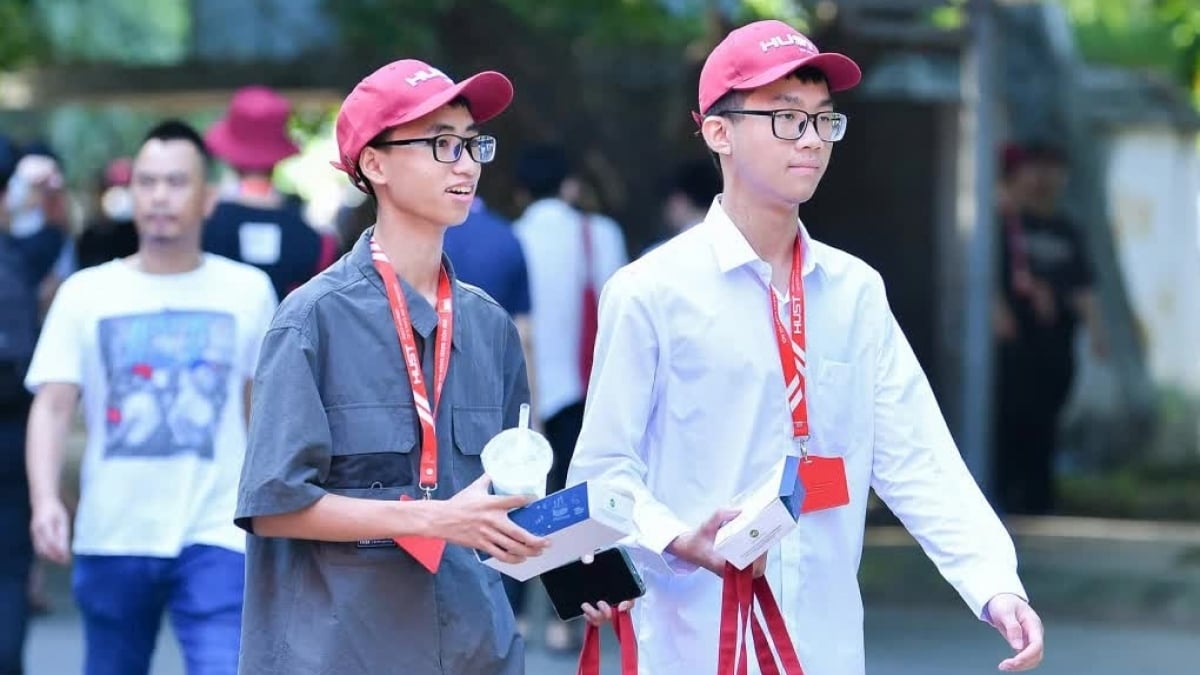
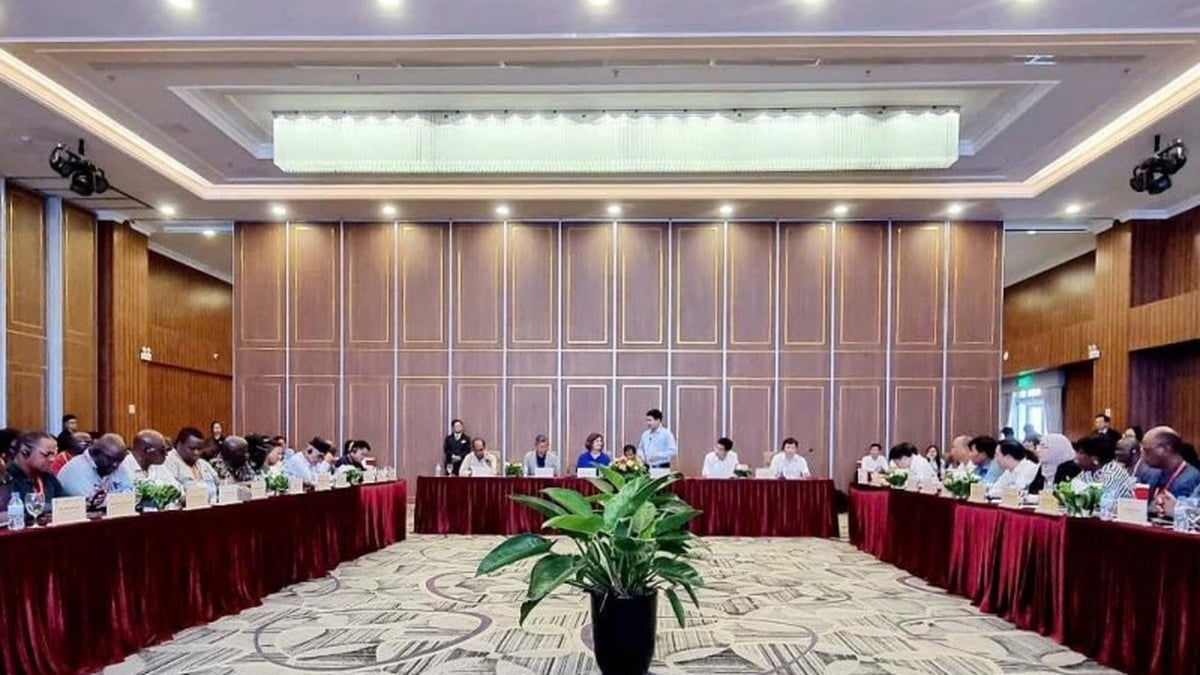

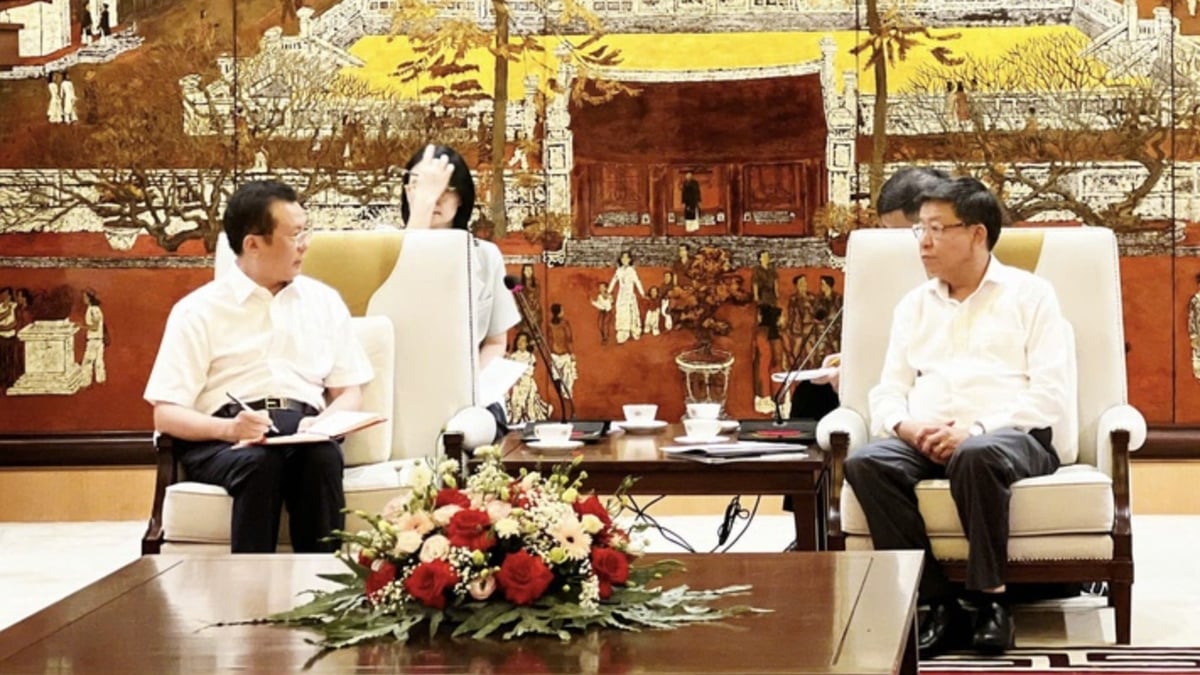
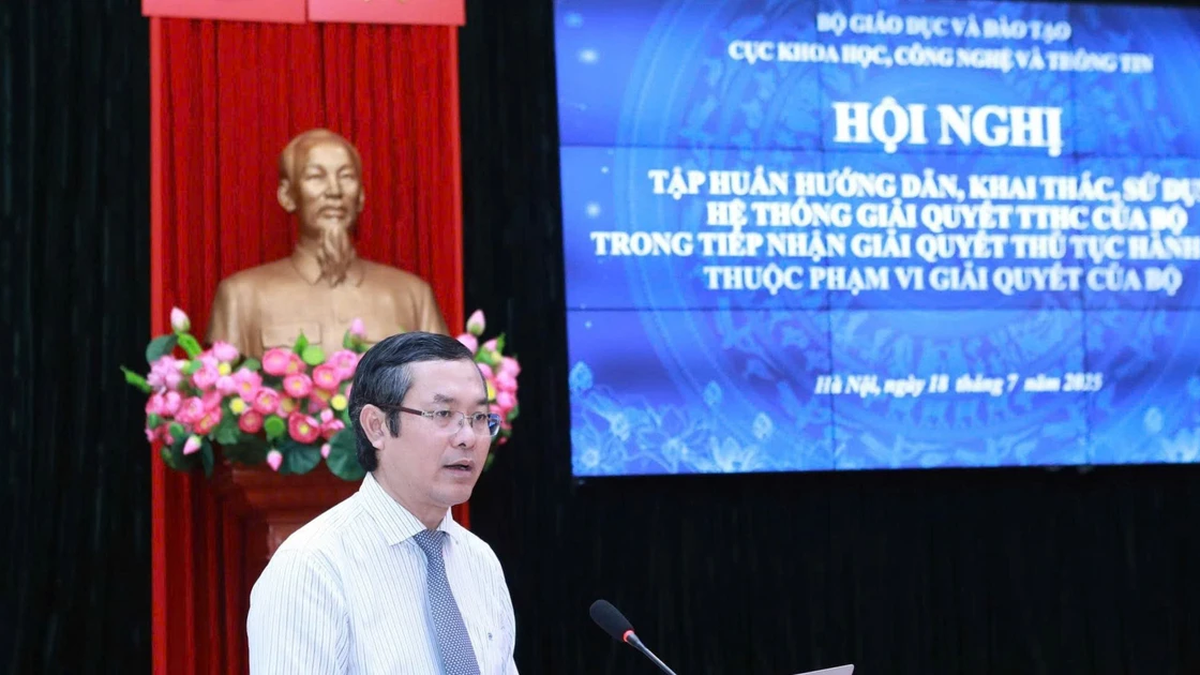

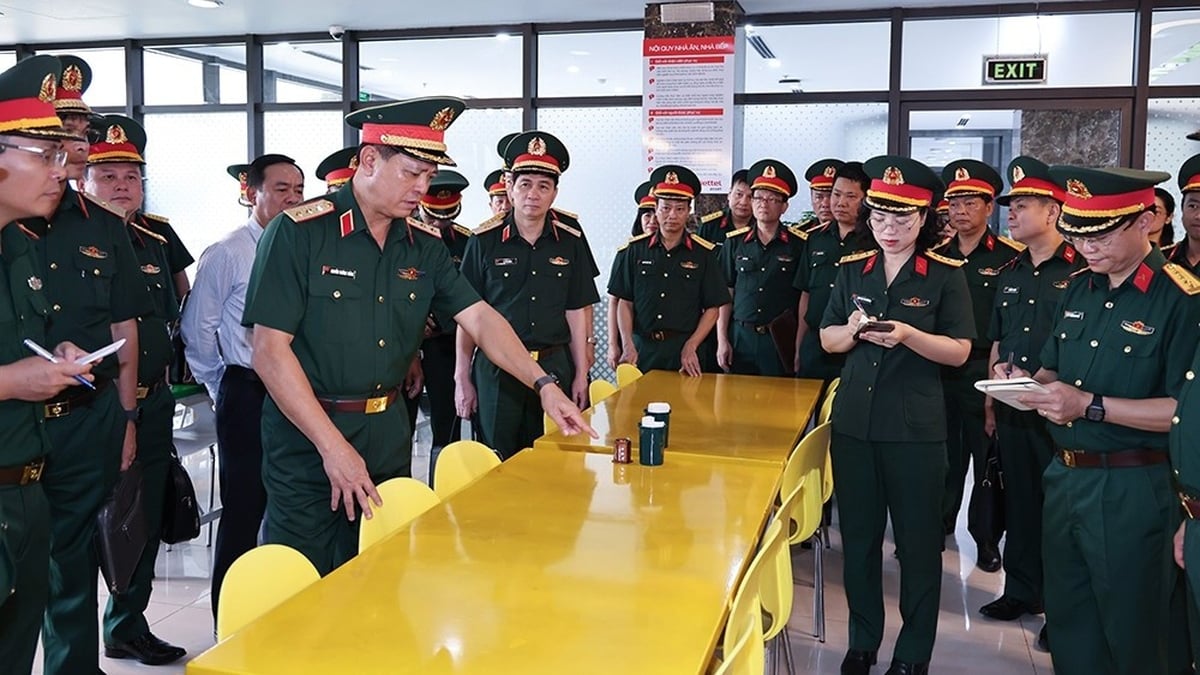
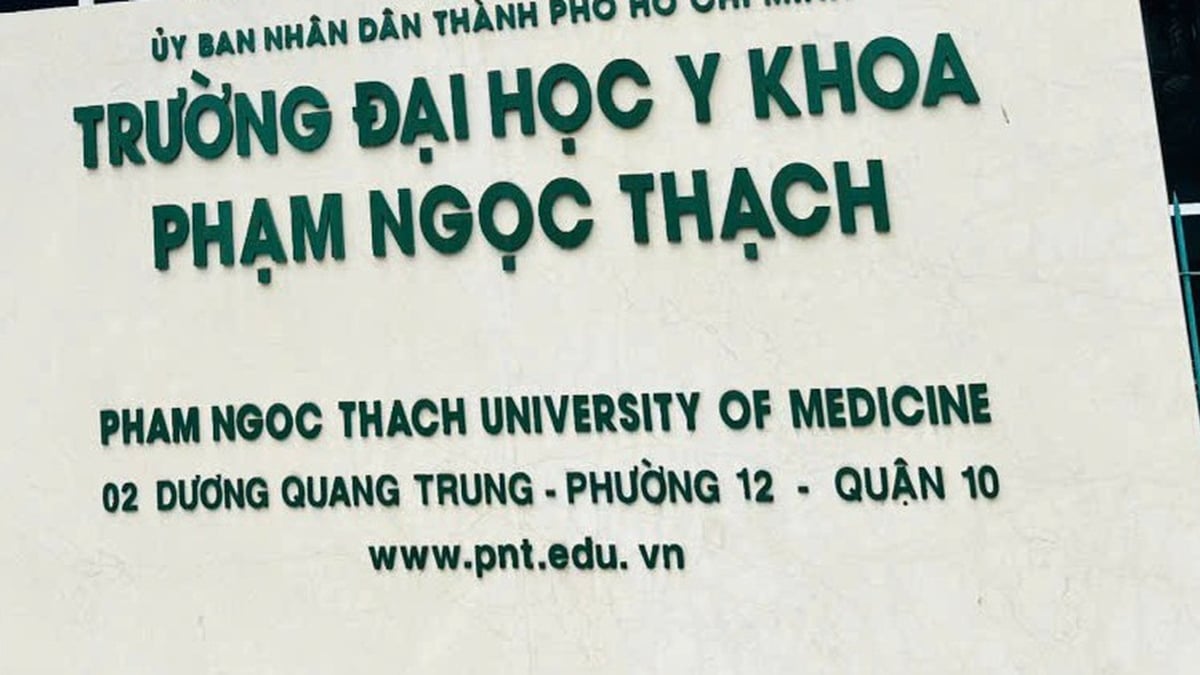
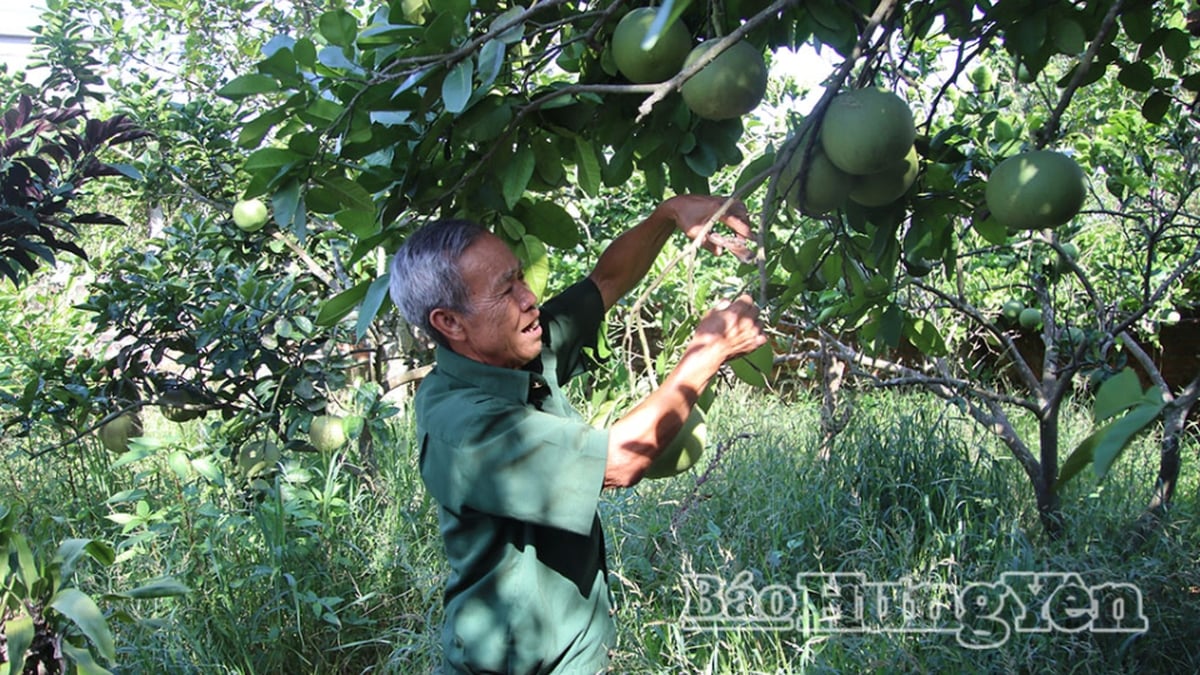
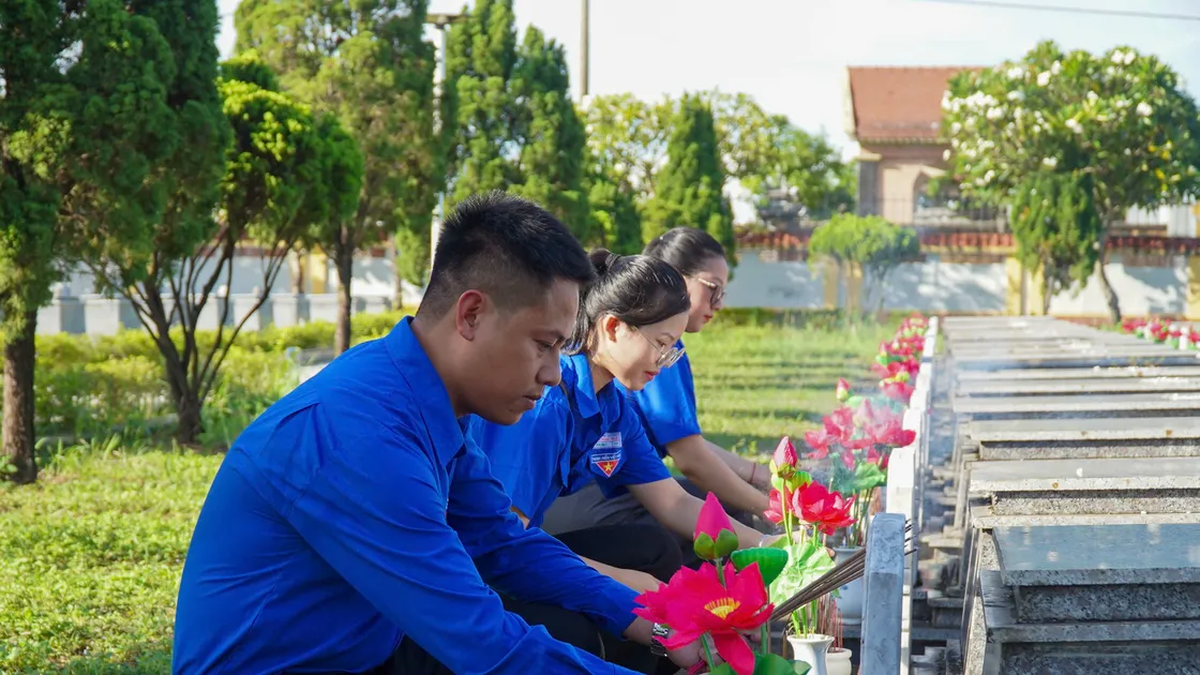




















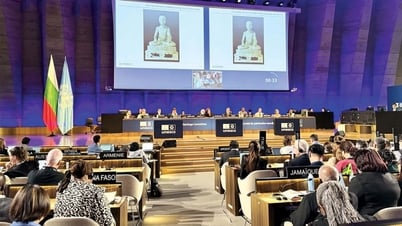

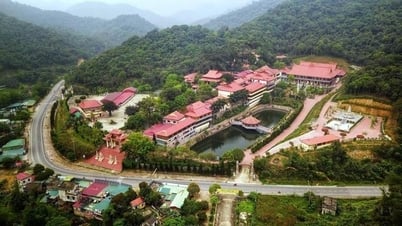

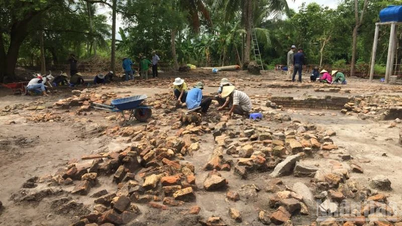

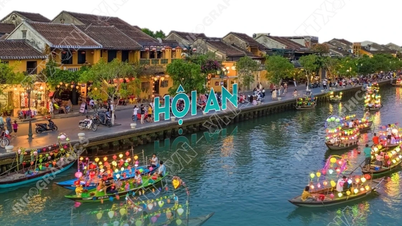

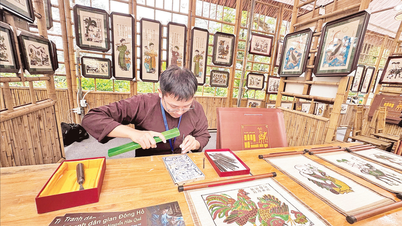



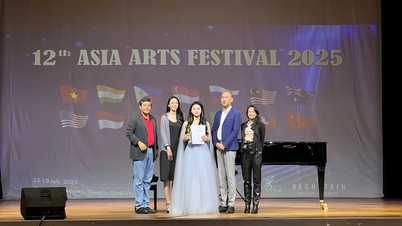


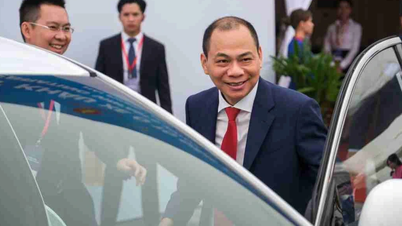

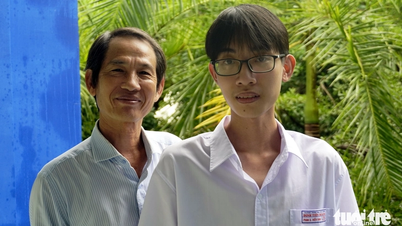


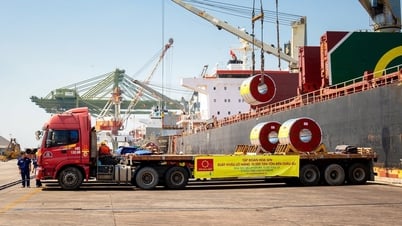








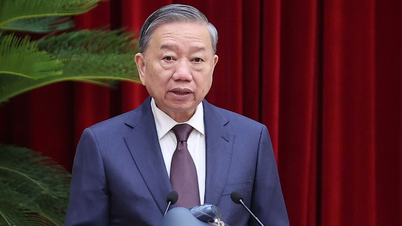

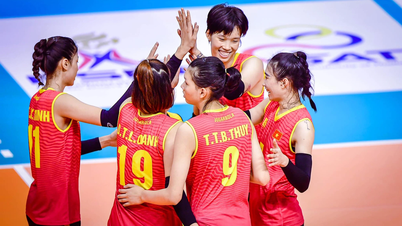


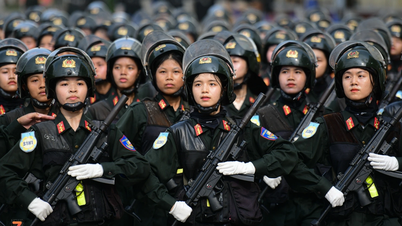




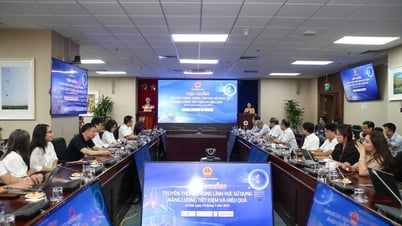

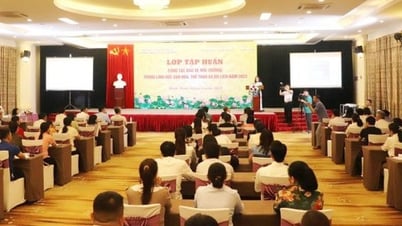


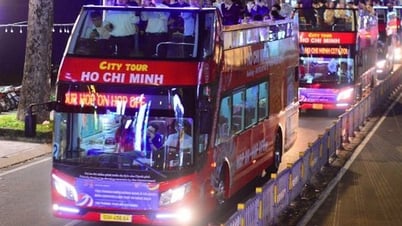

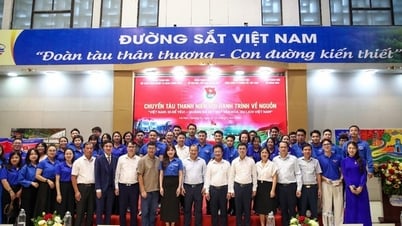








![[Infographic] In 2025, 47 products will achieve national OCOP](https://vphoto.vietnam.vn/thumb/402x226/vietnam/resource/IMAGE/2025/7/16/5d672398b0744db3ab920e05db8e5b7d)
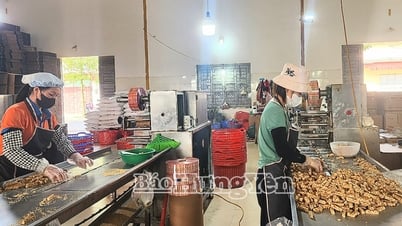



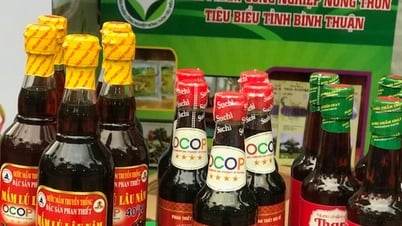





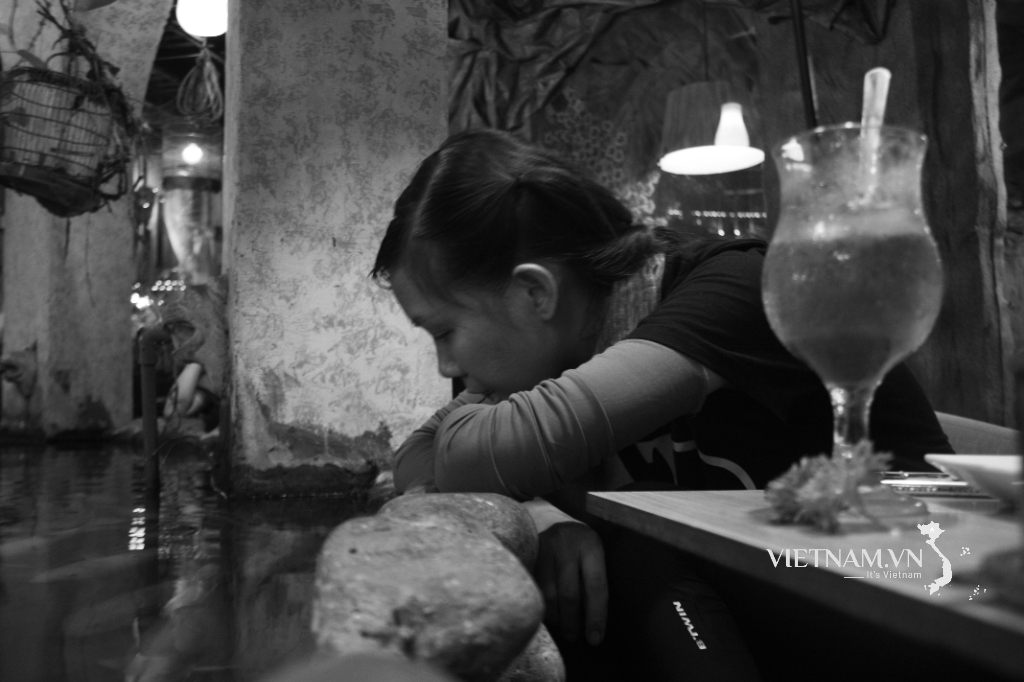


Comment (0)